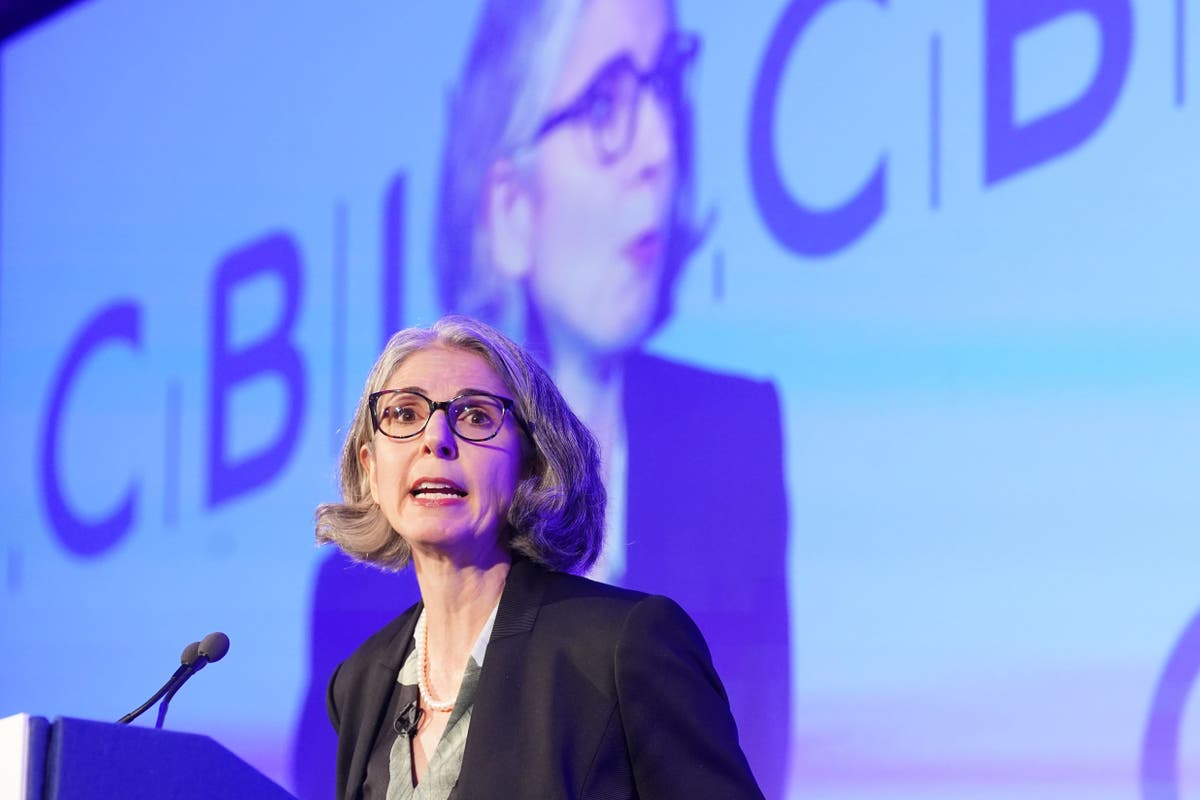Jobs
Coney Island, Brighton Beach saw jobs double in a decade, report finds

Maybe it’s something in the water.
Brooklyn’s Coney Island and Brighton Beach neighborhoods are driving job gains in New York City, even as the peninsula continues to struggle with poverty and housing costs, according to a report state Comptroller Thomas DiNapoli released on Tuesday.
Despite the impacts of the COVID-19 pandemic, the number of jobs in the area doubled between 2013 and 2023, to more than 35,000, the report found. That was more than twice the rate of job growth in Brooklyn overall and more than five times the citywide rate over the same period, with most of the employment growth in this section of southern Brooklyn coming from the health care and social assistance sectors.
Additionally during the decade studied, the number of businesses in Coney Island and Brighton Beach rose nearly 30%, or double the city’s overall rate of 15%. Jobs in health care and social assistance made up almost two-thirds of all jobs in the area in 2023, a share likely boosted by the aging local population, according to the report.
“Coney Island and Brighton Beach have undergone robust economic growth led by rapid job and business creation over the last decade,” DiNapoli said in a statement. “Millions visit and have fun there every year, but for the people who live and work in the area, its strong economic growth is tempered by poverty rates and housing cost burdens which remain high.”
City Councilmember Justin Brannan, who represents much of the Coney Island peninsula, said in a statement that tax revenue from tourism in the community must “support the rest of us who live here 12 months a year and not just when the weather is warm.”
Beyond the area’s beaches, Luna Park, the Coney Island boardwalk and New York Aquarium are major attractions.
The comptroller report also describes Coney Island and Brighton Beach residents struggling with high living costs, like other New Yorkers across the city.
In 2022, more than 61% of renters in the area were considered rent-burdened, paying more than 30% of their incomes on rent, compared with 52% citywide. The community’s median household income — about $43,000 — was significantly lower than that in both Brooklyn ($73,951) and across the five boroughs ($74,694), while the poverty rate was 28.7%, the second-highest among Brooklyn’s 18 Census-defined neighborhoods.
Food insecurity is another issue on the peninsula, DiNapoli found. There were nearly 2,200 residents for every supermarket or grocery store, versus about 1,250 for Brooklyn as a whole.
According to the report, roughly half of the 119,000 residents in Coney Island and Brighton Beach in 2022 identified as white, 19% as Hispanic, 15% as Black and 13% as Asian. The community had the largest Ukrainian-born population and second-largest Russian-born population in New York City.








